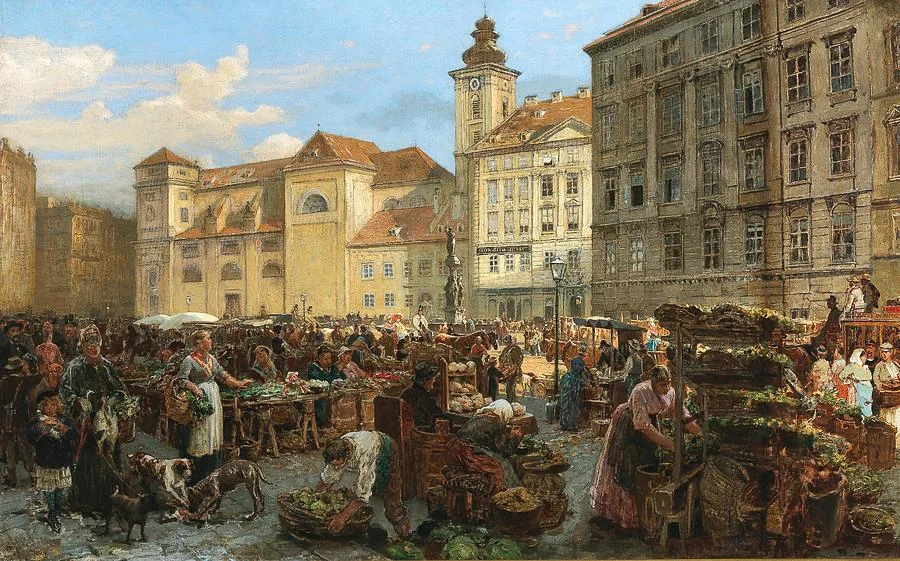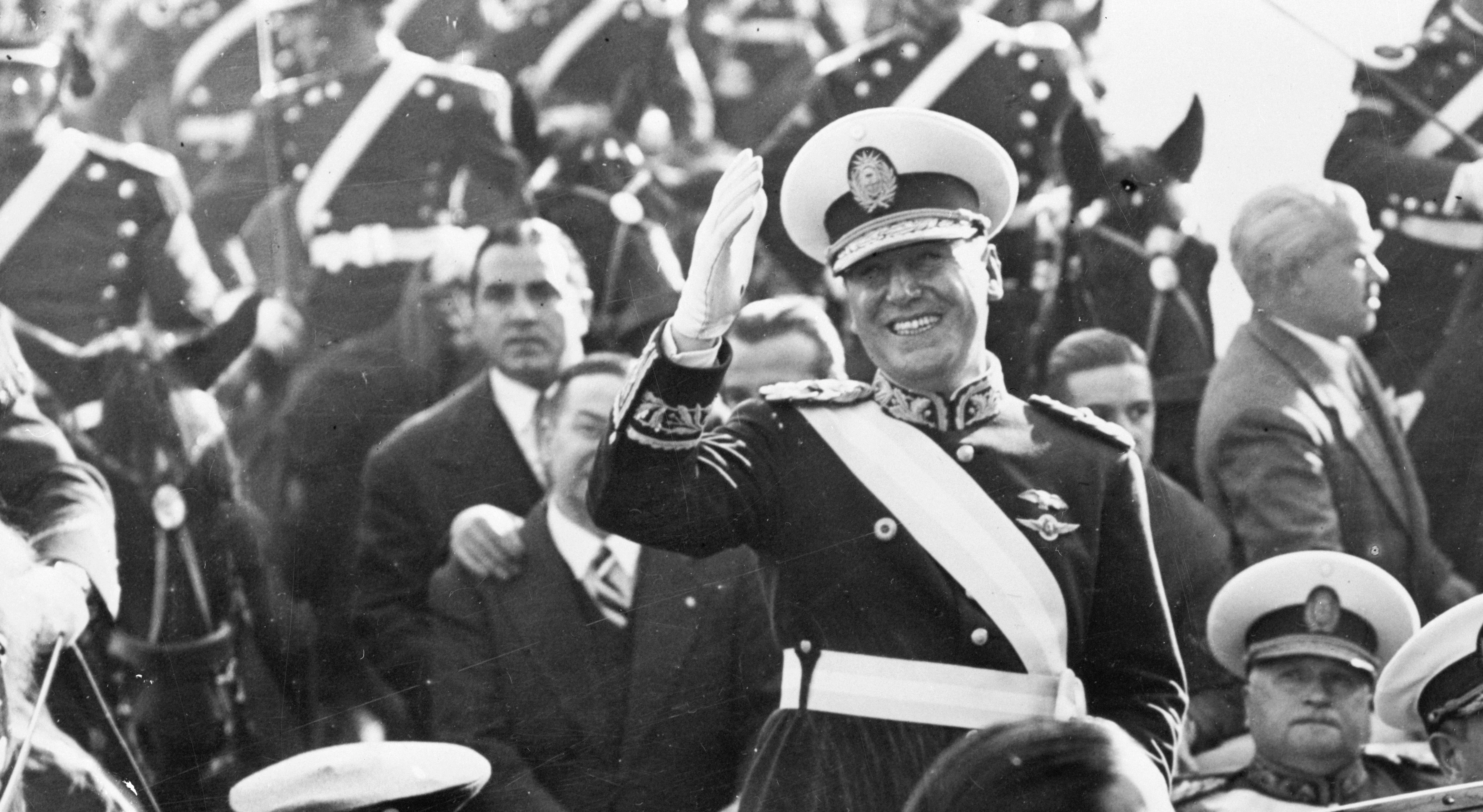
The Miracle of Economic Growth
Frey’s book reminds us that progress is not self-sustaining — it depends on political courage, institutional adaptation, and the constant defense of the sphere of liberty.
On Monday, October 13, 2025, the Royal Swedish Academy of Sciences announced the Sveriges Riksbank Prize in Economic Sciences in Memory of Alfred Nobel. The award was jointly presented to Joel Mokyr for his contributions to economic history, and to Philippe Aghion and Peter Howitt for their mathematical model explaining creative destruction.
Joshua Banerjee deservedly cheered their award in these pages.
Professor Mokyr's insights explained how human societies have escaped stagnation to achieve sustained growth. The Nobel Foundation and the other prize-awarding institutions stated on their website:
Over the past 200 years, the world has witnessed more economic growth than ever before. Its foundation is the constant flow of technological innovation; sustained economic growth occurs when new technologies replace old ones as part of the process known as creative destruction. This year’s laureates in economic sciences explain, using different methods, why this development was possible and what is necessary for continued growth.
The award celebrates the causes of sustained economic growth. At the same time, Carl Benedikt Frey’s new book, How Progress Ends: Technology, Innovation, and the Fate of Nations, investigates why it eventually stalls.
Frey’s book opens as a counterpoint to Mokyr’s optimism about unending technological progress. Mokyr has long argued that despite headwinds — wars, depressions, totalitarianism — the twentieth century proved to be the most successful in human economic history. As he put it in an interview with Russ Roberts on EconTalk, “you ain’t seen nothing yet.”
Frey, however, if not exactly questioning that confidence, warns that guided by the historical record, it cannot be taken for granted. His central concern is why the same societies that once led technological revolutions later fell behind or stagnated. The book’s thesis is that progress does not end because human ingenuity runs out, but because political and institutional arrangements evolve in ways that inhibit innovation. The result is a compelling, deeply researched study of the “political economy of progress.”
Frey’s emphasis lies squarely on institutions rather than culture. For instance, the subsidiarity principle is not mentioned in the book, but a federal form of government is. He does not dwell on the moral or philosophical causes of stagnation, but instead explores how the very structures that enable progress — such as political stability, bureaucratic efficiency, and centralized coordination — can eventually suppress it. He states that “the institutional arrangements conducive to innovation are not the same as those conducive to growth.” Once a society begins to grow, vested interests emerge; these groups then utilize political power to safeguard their privileges, resisting disruptive change. This public-choice dynamic explains why innovation often slows in mature economies.
To illustrate his thesis, Frey traverses economic history, comparing China’s Song dynasty (960–1273 CE) and early modern Europe. During the Song period, China achieved remarkable technological feats — gunpowder, movable type, shipbuilding, and the magnetic compass. Yet, as Frey recounts, these innovations were followed by a period of centralization that prioritized bureaucratic control over experimentation. By the fifteenth century, Chinese authorities imposed “sea bans” that curtailed maritime exploration, effectively turning their back on the world. The result was stagnation despite immense technical capacity.
In contrast, Europe’s fragmented political landscape fostered competition among states. Monarchs unable to fully tax or control their territories had to bargain with local elites, resulting in decentralized governance. When one state suppressed innovation, another might seize the opportunity. This political decentralization underpinned Europe’s later dominance during the Age of Discovery and the Industrial Revolution.
Frey’s comparison is more than historical: it suggests that decentralization — what political theorists might call “polycentricity” — is crucial for sustaining innovation. His analysis builds upon earlier arguments by Mokyr and Douglass North, adding empirical depth through examples from taxation systems, navigation, and industrial policy.
One of Frey’s strongest arguments is that decentralized political systems are more conducive to technological breakthroughs, while centralized systems excel at scaling them. As he notes in the epilogue, “discoveries thrive in decentralized systems, while scaling and production need centralization.” The challenge for any society is to transition between these stages without stifling innovation through rent-seeking or bureaucratic inertia.
The book’s exploration of nineteenth-century Germany is particularly instructive. Frey attributes the differences in development between northern and southern German states to varying degrees of corporatism. In the south, entrenched guilds and corporatist interests resisted competition, stifling growth. Modernization, he argues, often followed defeat or crisis — such as the Prussian reforms after Napoleon’s victories. Yet his account of how Germany eventually surpassed Britain is less convincing. Frey attributes the shift largely to bureaucratic meritocracy, but this explanation, while plausible, underplays the role of entrepreneurial culture and trade networks.
Frey draws a provocative parallel between the contemporary United States and China, arguing that both risk succumbing to the same stagnation that befell earlier civilizations. In China, innovation remains constrained by centralized political control and a lack of judicial independence. The Communist Party’s monopoly prevents genuine institutional competition. Meanwhile, in the United States, entrenched interests, lobbying, and the sheer size of government have created barriers to disruptive innovation.
The contrast between California’s innovation ecosystem, where non-compete agreements are forbidden, and more rigid states like Michigan exemplifies Frey’s broader point: institutional flexibility matters. By allowing labor mobility and competition, decentralized jurisdictions foster the kind of creative destruction that sustains progress.
Yet both systems, Frey warns in Chapter 13, “The Veneer of Progress”, may already be on the path toward stagnation. Technologies that enhance bureaucratic control—such as data mapping and AI-driven oversight—risk concealing new discoveries rather than enabling them. The same tools that once drove progress may now be turning inward, serving to preserve the status quo.
Frey devotes significant attention to property rights and their institutional flexibility. Too rigid a conception of property discourages experimentation; too loose a one undermines incentives. The balance between these extremes determines whether innovation flourishes or falters. In this respect, Frey echoes classical liberal economists, such as Friedrich Hayek, and modern institutionalists, like Daron Acemoglu and James Robinson.
The size of the state also matters. The more resources a government commands, the greater its capacity to distribute rents and the more powerful vested interests become. Frey thus offers a cautionary message for contemporary democracies: expansive bureaucracies, even those motivated by egalitarian aims, can unintentionally entrench privilege and inhibit change.
In his concluding pages, Frey summarizes his thesis with characteristic clarity: “Our pathway to riches has been paved by technological progress… From 1800 to the present day, the real income of the average person on this planet has grown by a factor of ten”. Yet history shows that no society has remained at the technological frontier for long. The endurance of progress depends on citizens’ faith that its benefits are broadly shared. “Without this belief,” Frey warns, “resistance to change becomes likely.”
Frey closes with a plea for civic engagement: “My hope is that this tome will play a small part in enlisting more citizens to rally to the defense of progress”. It is a fitting conclusion to a work that bridges economic history, political science, and, we may say, moral philosophy. I read How Progress Ends not as a chronicle of decline, but as a meditation on how societies might avoid it.
Frey’s achievement lies in synthesizing an immense range of historical and contemporary material into a coherent theory of innovation and decline. His writing is clear, his examples vivid, and his argument logically consistent. The book’s only weaknesses are interpretative: at times, Frey’s institutional explanations risk crowding out the cultural and moral dimensions of progress. Nonetheless, his work remains a significant contribution to the study of economic history and institutional design.
For readers of Mokyr, Aghion, or North, Frey’s book will feel both familiar and urgent. It reminds us that progress is not self-sustaining — it depends on political courage, institutional adaptation, and the constant defense of the sphere of liberty, that is, individual human rights, including private property rights, against the depredations of those who do not understand how fragile progress is.
Leonidas Zelmanovitz is a Senior Fellow at Liberty Fund and a part-time instructor at Hillsdale College.
Economic Dynamism

The Causal Effect of News on Inflation Expectations
This paper studies the response of household inflation expectations to television news coverage of inflation.
.avif)
The Rise of Inflation Targeting
This paper discusses the interactions between politics and economic ideas leading to the adoption of inflation targeting in the United States.

Ignore 'Open Letters' From Economists
Don’t be swayed by “open” letters signed by well-known and well-respected scholars, experts, professors, and businessmen.

Demystifying the New Deal
Carola Binder reviews False Dawn: The New Deal and the Promise of Recovery, 1933–1947 by George Selgin

Hydrocarbons Aren’t Disappearing
Credit ratings agencies remain enamored with the energy-transition myth — risking yet another green bubble for investors.

America's Litigation Addiction Threatens Its AI Leadership
Litigation is anything but efficient and, if state lawmakers proposing new AI liability schemes have their way, will increasingly involve disputes based on vague laws and open-ended theories of harm.






.jpg)



.avif)




